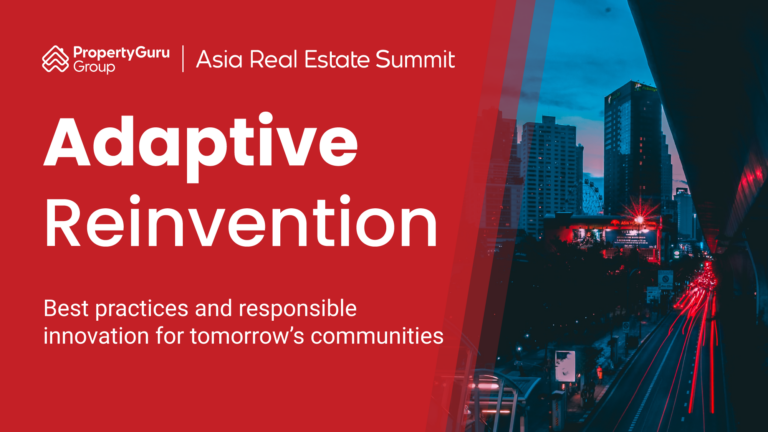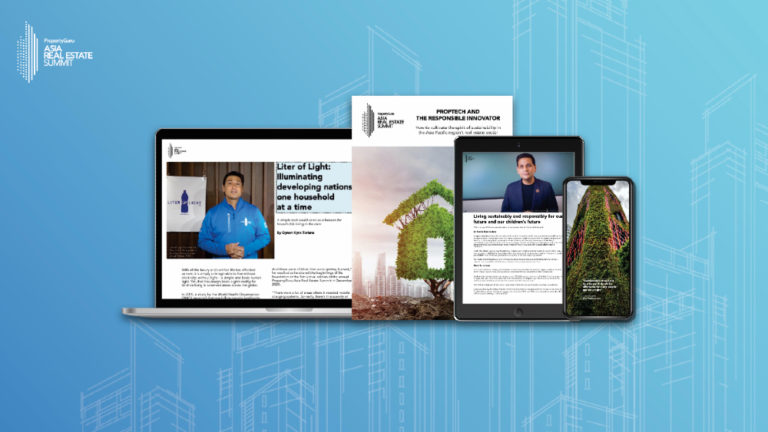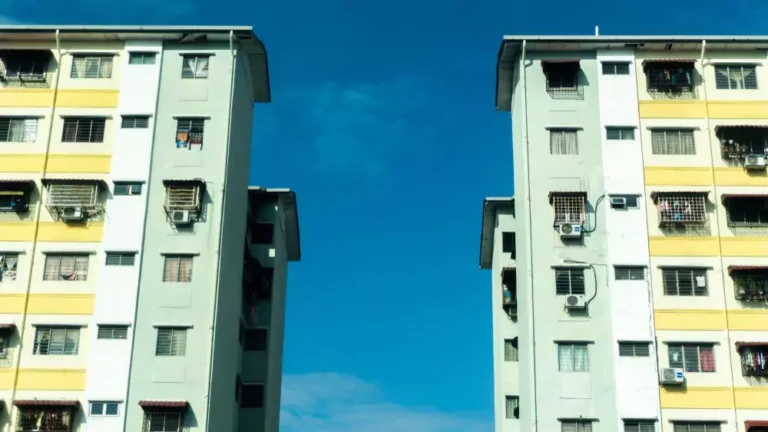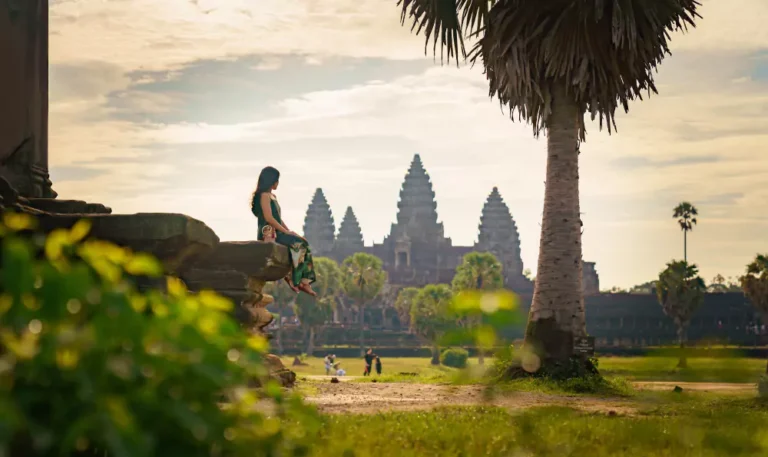Infrastructure drive: Positive signs for real estate markets in China’s belt and road strategy
China’s expansive BRI infrastructure development strategy is evolving, and key regional allies are hopeful that it will have positive outcomes for real estate markets
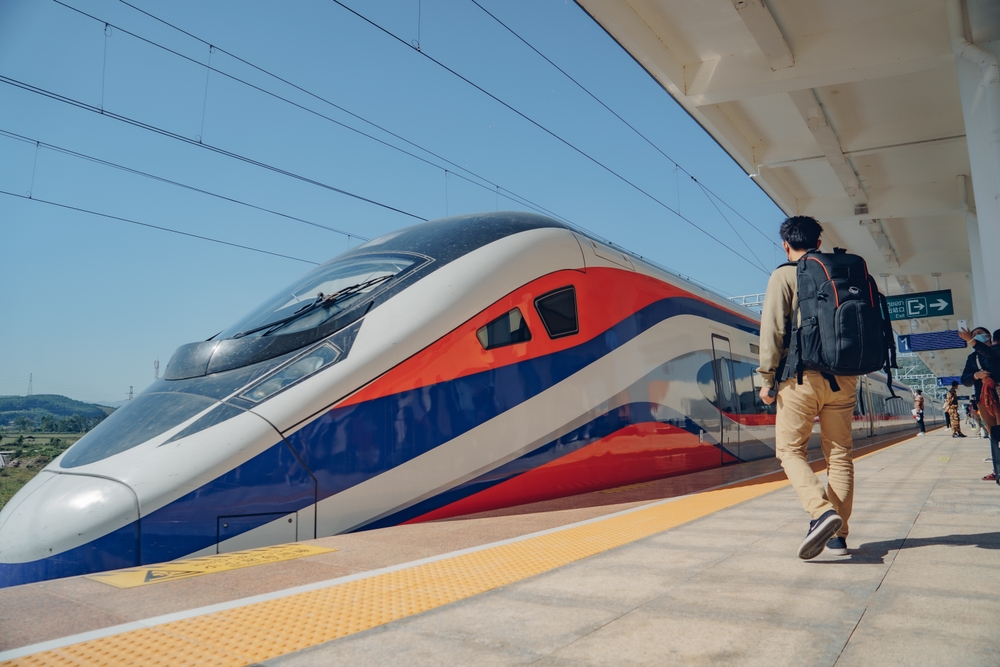
Feedback was decidedly mixed when the Carnegie Endowment for International Peace conducted interviews across ASEAN at the end of last year on the impacts of a decade of China’s Belt and Road Initiative.
The Philippines was found to be very negative on the BRI, and Cambodia and Laos were very positive. This was hardly a surprise. The Philippines remains engaged in a territorial dispute with China over islands in the South China Sea.
By contrast, Cambodia and Laos have increasingly gravitated towards their larger northern neighbour. During the past 10 years, these relations have been cemented with increasingly frequent governmental exchanges, ample aid during the pandemic, and bilateral trade and investment relationships as comprehensive as any China has forged.
Chinese buyers of overseas residential property see large bri projects as a signal that they can invest safely without having to worry about geopolitical tensions
In October, when China held its third BRI conference in Beijing marking a decade of the initiative, Cambodia and Laos recorded among the highest number of what China terms ‘concrete outcomes’—13 and 10 respectively—versus just four in the Philippines.
Despite China’s shift towards people exchanges and learning and institutional development, the list of current and forthcoming BRI projects still points towards massive overseas infrastructure development, with significant implications for real estate dynamics in the region.
“Chinese buyers of overseas residential property see large BRI projects as a signal that they can invest safely without having to worry about geopolitical tensions,” says the co-founder of a leading real estate portal for Chinese. “When you consider two developing markets, the one that is part of BRI is more likely to attract investment from China, all other things being equal.”
The expert cited the example of a large Chinese pharmaceutical client which recently established its first manufacturing facilities and regional headquarters in ASEAN. Its destinations of choice? Cambodia and Malaysia, countries that remain positive on the initiative, according to the recent Carnegie regional survey.
In Laos, major BRI projects recently underway include a new agricultural exchange and trade initiative led by Hunan province and the Chinese construction and agricultural machinery firm Zoomlion which aims to create markets and channel income into rural areas of the country. Also major is a forthcoming agreement on development along the corridor of the new Laos railway.
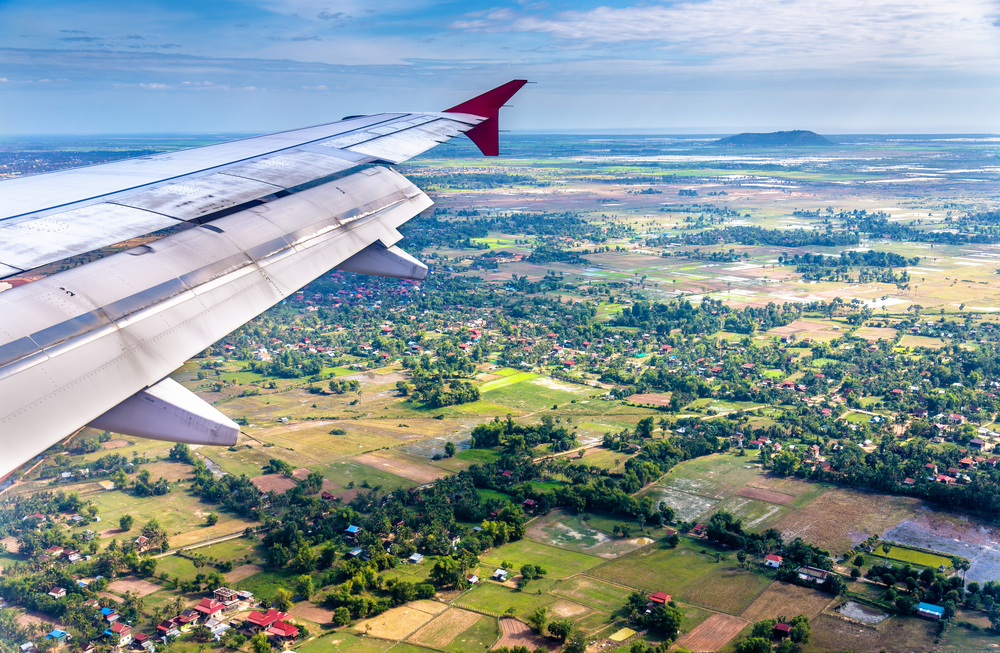
Connecting the capital Vientiane to Kunming in Yunan province, the railway, which began services in late 2021, has shrunk journey times between major destinations along its route, including the backpacker haven Vang Vieng and tourism hotspot Luang Prabang.
In January 2022, just weeks after the railway opened, many buildings along the railway remained empty because construction had outstripped demand amid the pandemic, according to Sornpheth Douangdy, a Vientiane-based senior counsel at regional ASEAN legal practice VDB Loi. “Rental fees and sale prices were too expensive,” he says.
Two years later, little has changed, according to Sornpheth. The Laos National Assembly is yet to pass any new laws or introduce incentives designed to attract tenants to these new properties.
However, China’s announcement of a bilateral agreement with Laos on formulating cooperation programs for development along the China-Laos railway promises the potential for a real estate drive in and around stations along its length.
Last year, Luang Prabang recorded frequent queues at many of its popular sites as ticket sales on the railway doubled, a strong indication that Chinese tourists and business travellers are returning to Laos in greater numbers as the pandemic and its impacts fade.
In Cambodia, the infrastructure impacts of BRI—past, present, and future—appear even more significant. A new Chinese-built and funded Angkor International Airport, opened two days before new Cambodian Prime Minister Hun Manet met Chinese premier Li Qiang on the sidelines of the BRI conference in Beijing is now the largest in Cambodia.
Located 50 kilometres east of Siem Reap, this new air hub lies more than one hour by car from the temples at Angkor, with Cambodia and China planning the construction of an expressway through this new corridor, which remains undeveloped.
In 2025, China and Cambodia plan to open another new airport, located in Takhmao, to serve the capital Phnom Penh.
Other key BRI transport infrastructure projects in Cambodia, such as a new four-lane expressway opened between the capital Phnom Penh and the coastal resort Sihanoukville in 2022, have been “transformative”, says Lawrence Lennon, managing director of CBRE Cambodia.
“Previously, you either flew or took a sixhour drive,” he says. “Now it takes just two hours by car, so it’s doable in a day. These are major benefits to domestic tourism and business, in the build-up to domestic tourism returning to where it was before the pandemic.”
Recently announced BRI projects in Cambodia include production capacity and investment cooperation between China and Cambodia’s powerful investment board, the Council for the Development of Cambodia, including a green development initiative.
China is also planning to move ahead with a next phase of rural electrification and grid extension in Cambodia, and—as in Laos, Thailand, and other ASEAN countries—is set to develop railway lines and rolling stock in Cambodia.
“There is generally nothing better for real estate, and the development of economies, than infrastructure,” says Lennon. “Just as long as they have proper checks and balances to make them worthwhile.”
The original version of this article appeared in PropertyGuru Property Report Magazine Issue No. 182 on issuu and Magzter. Write to our editors at [email protected].
Recommended
Meet the architect transforming Asia’s retail spaces with nature-inspired designs
David Buffonge, the cofounder of Hong Kong-based Lead8, has strong opinions on how to improve built environments around Asia
ARES White Paper Volume 3: The era of adaptive reinvention
Pioneering sustainable and innovative practices in urban development
ARES White Paper Volume 2: Unravelling the power of data revolution in real estate
Insights on proptech, smart cities, and sustainable development
ARES Digital White Paper Volume 1: The fundamentals of responsible building
Green and climate heroes join forces to discuss how Asia Pacific can weather the current environmental crises and the looming effects of climate change

